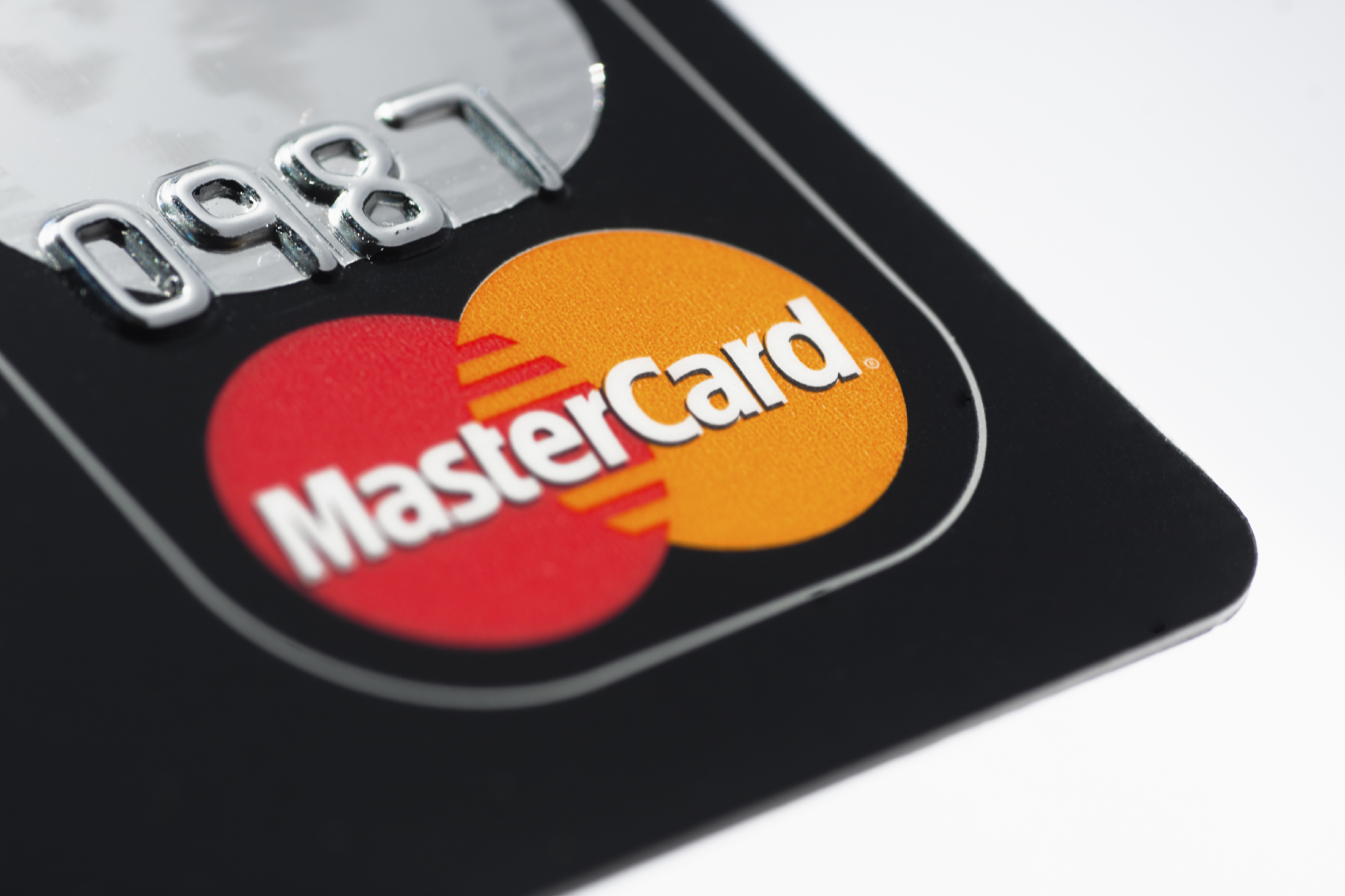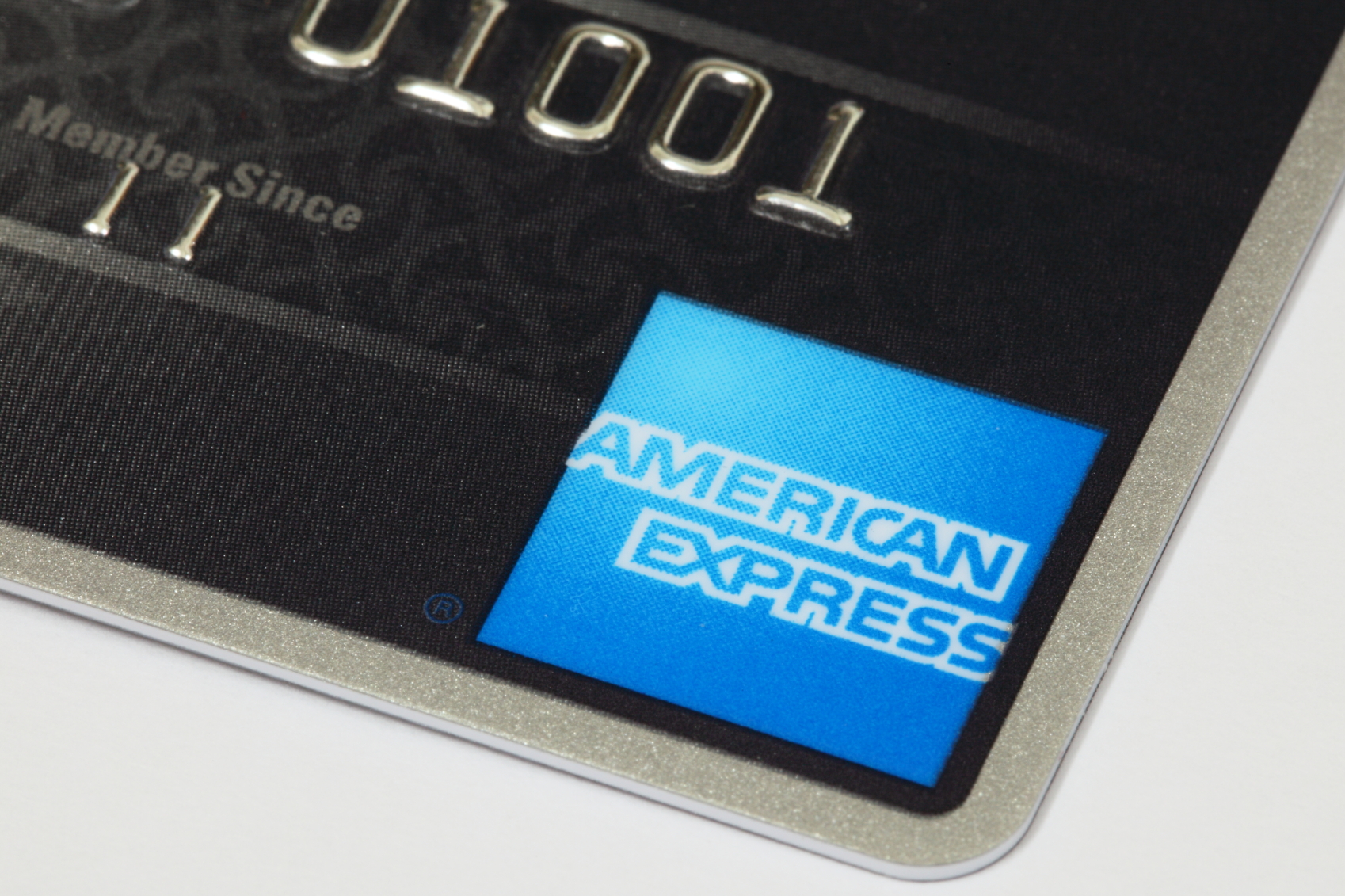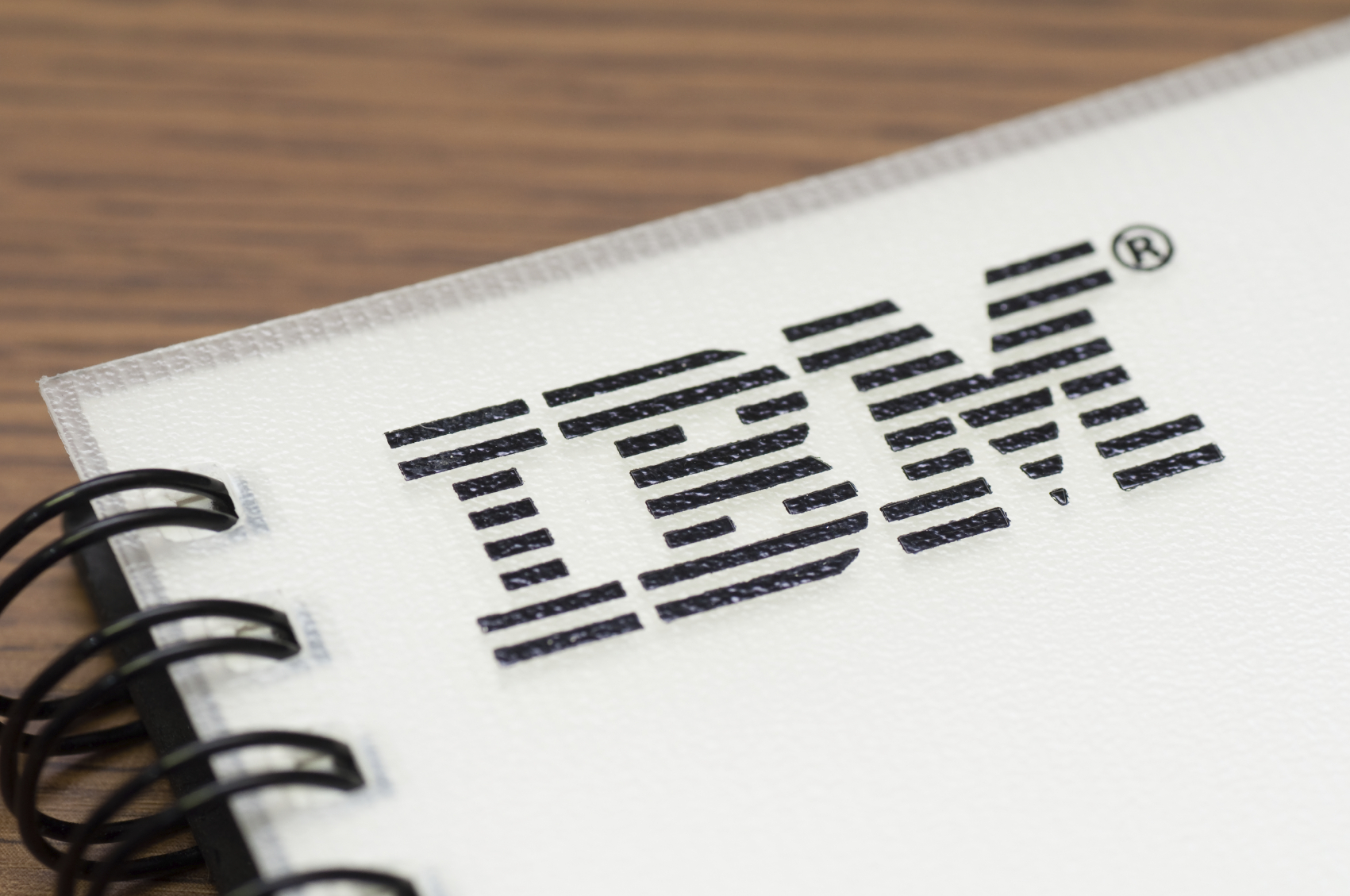What Happened
Video game maker Ubisoft leveraged Facebook’s audience data to create a video ad campaign to promote its release of Tom Clancy’s Ghost Recon Wildlands in May. The company built audience segments based on Facebook insights, which divide its audience into three key segments – adrenaline-seeking “competitors,” tech-savvy, science-loving “tacticians,” and adventure-loving, wanderlust-having “explorers.” Ubisoft then cut three different trailers for the game with visuals tailored for each segment to appeal to their respective interests.
What Brands Should Do
The video game-maker compared the psychographically targeted videos against a generic trailer for the game and saw significant increases in effectiveness: the tailored video ads raised awareness by 14% among the “competitors” segment while the videos targeting “tacticians” increased purchase intent by 63%. This campaign serves as a good example for brands seeking to leverage the massive amount of consumer data available today and target key audiences in ways beyond simple demographics.
Source: AdWeek










